The untold pain of COVID-19
The outbreak in the US has caused an incredible amount of people to go through unprecedented, unorthodox painful scenarios. Society and politicians spend their time debating about the economic pain, but what about the pain of those on the front lines?
When the COVID-19 pandemic began to sweep through the United States, many people became concerned with what would come next.
First, there was the travel ban with China, then with the world, and then the cruise ships came rolling in, cruise ships with outbreaks at astronomical numbers (and some governors leaving those cruise ships out at sea). After that, schools. School districts began to close down school temporarily, ultimately pushing their return back further and further, until eventually closing down for the remainder of the school year.
Then came the quarantines. Businesses closing down, essential businesses limiting customers and putting restrictions on the way they conduct their business.
With businesses being closed, the economy began to shut down. People are home with no jobs– approximately 26,000,000 people are unemployed. That’s some serious economic pain. That means no car payments, no rent payments, and/or heaven forbid, no money for groceries.
On April 28th, 2020, the United States hit 1,000,000 confirmed COVID-19 cases, 292,000 of which are residing in the state of New York and 111,000 in New Jersey. Those two states are the epicenters of the outbreak in the US. Not only are the people in those states going through the same economic pain as the rest of the country, but they are also in hotspots of the virus, making them more likely to get the virus.
The people infected in those states are suffering to a degree we in the south don’t quite understand. Young people have reportedly suffered from unexpected strokes and other health consequences, and older people face more drastic fears, for example being stuck in hospitals and in need of ventilators. In many cases, families stuck at home are not able to say goodbye to loved ones because they can’t enter hospitals. Many have not been able to have funerals.
Everyone is suffering right now. Some are suffering more than others, but people are spending their time talking or protesting about how they want to reopen economies– hey can’t seem to bear to stay home another day because they are going through some tricky times economically.
What about healthcare workers? Those who are on the frontlines, working to save people’s lives, even as they lack the equipment they need to keep themselves protected? Healthcare workers see the true colors of the virus, and no, this isn’t the economic pains, this is actual pain people go through when they get the virus, the type of pain that prevents people from breathing…
CBS News interviewed Dr. Ayman Fanous, who’s the head of psychiatry for SUNY Downstate Medical Center. Dr. Fanous talked about how the healthcare workers are seeing more death then they’ve ever seen in their lives. This is taking a big toll on their mental health, causing them to go through stress a human should never go through. “As we see in a war when you get shocked, you might not feel the full impact of the pain right away, but with time, you’ll see more and more symptoms … insomnia, possibly flashbacks, and nightmares,” Dr. Fanous told Don Dahler from CBS News. You can find the entire article here.

On April 26th, the medical director of the emergency department at New York-Presbyterian Allen Hospital, Dr. Lorna Breen, took her own life. Dr. Breen was one of the heroes that put all things aside to save those who are infected with the COVID-19 virus. With that act of heroism came the cost of her life.
According to the Times article, “Dr. Breen, 49, did not have a history of mental illness, her father said… but she seemed detached, and he could tell something was wrong. She had described to him an onslaught of patients who were dying before they could even be taken out of ambulances. She was truly in the trenches of the front line.”
Dr. Lorna Breen is among the growing group of healthcare workers, heroes, whose lives have been irrevocably altered from seeing scores of people suffer and die from the COVID-19 virus.
Suicide isn’t the only thing killing healthcare workers; COVID-19 is as well. In these times of high anxiety and a vast amount of emotions, people need to take a step back. Stop making decisions based on emotions, but rather rationality.
Before you go out and decide to protest, or before you go out doing something that isn’t essential, think about these healthcare workers. Think about what healthcare workers have to see death and suffering every day, and think about their patients. Think about the approximately 69,000 people, and counting, who have died from this virus.
The more people cooperate with social distancing and quarantine, the faster economies can open up. Do your part, stay home unless it is essential. Do your part so those on the frontlines don’t die doing theirs.


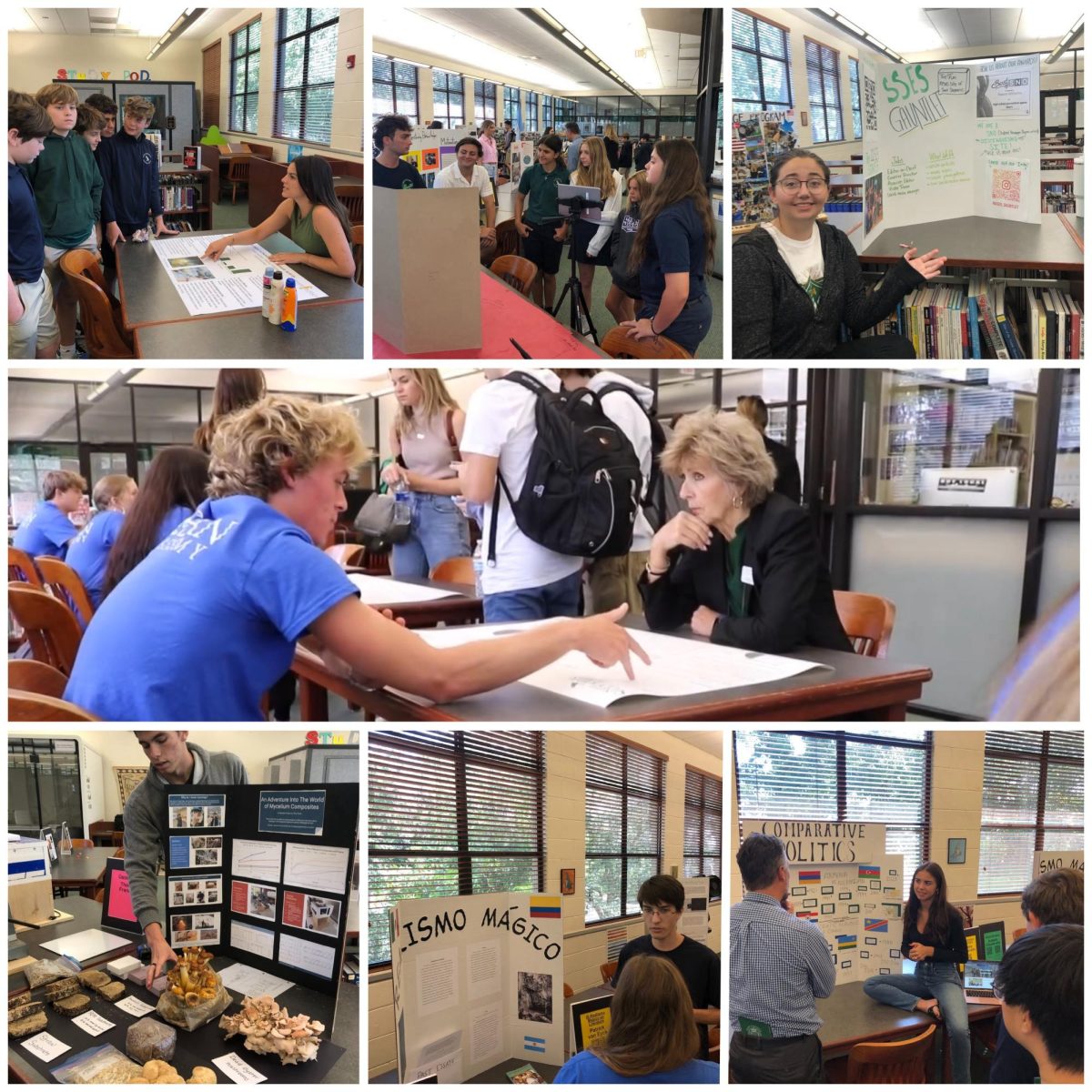
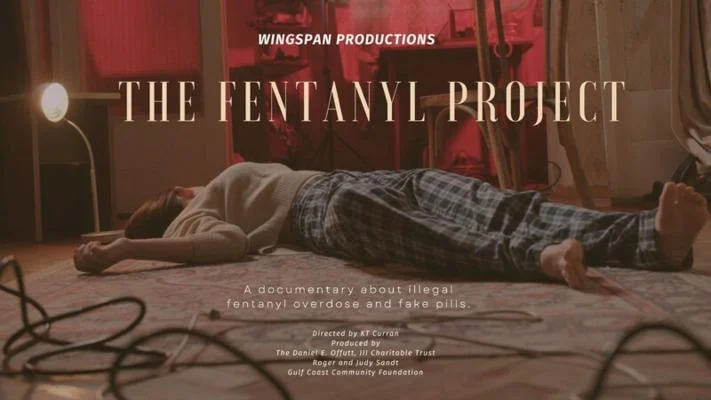
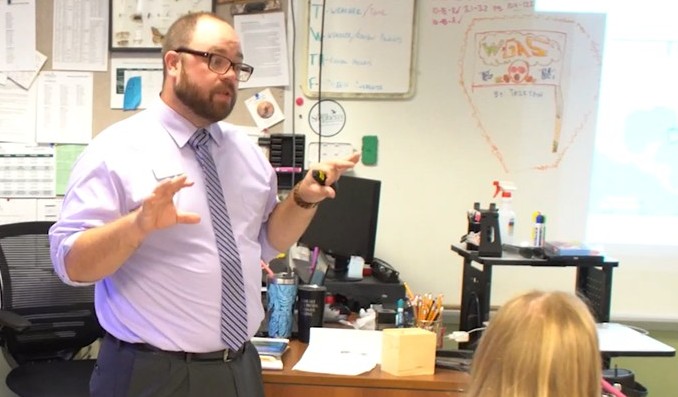




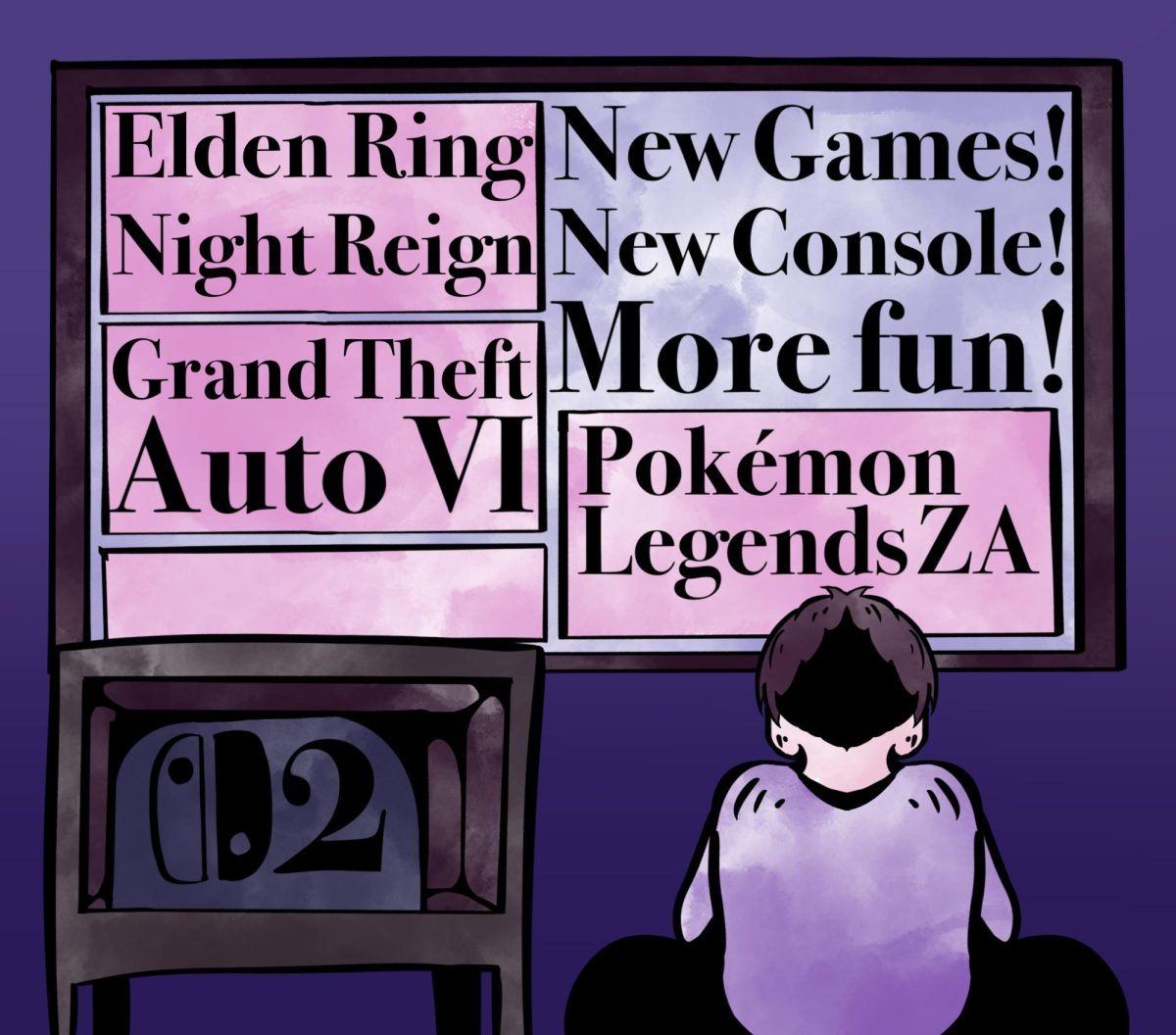


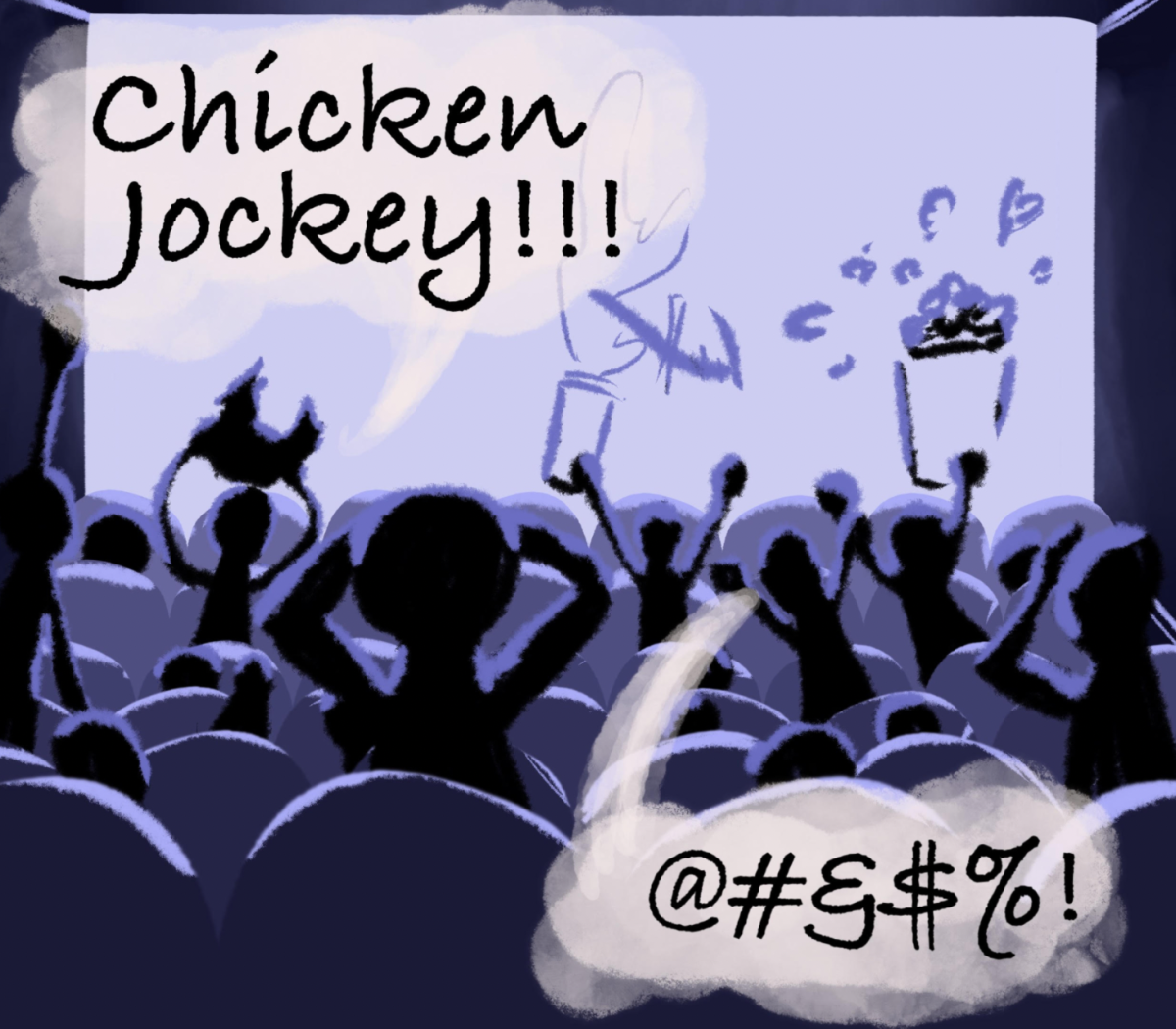
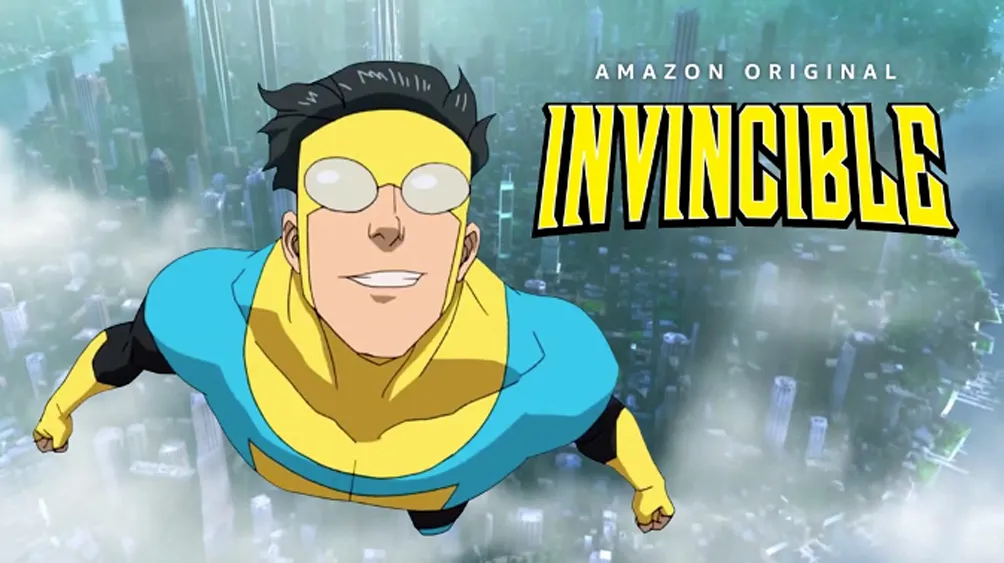


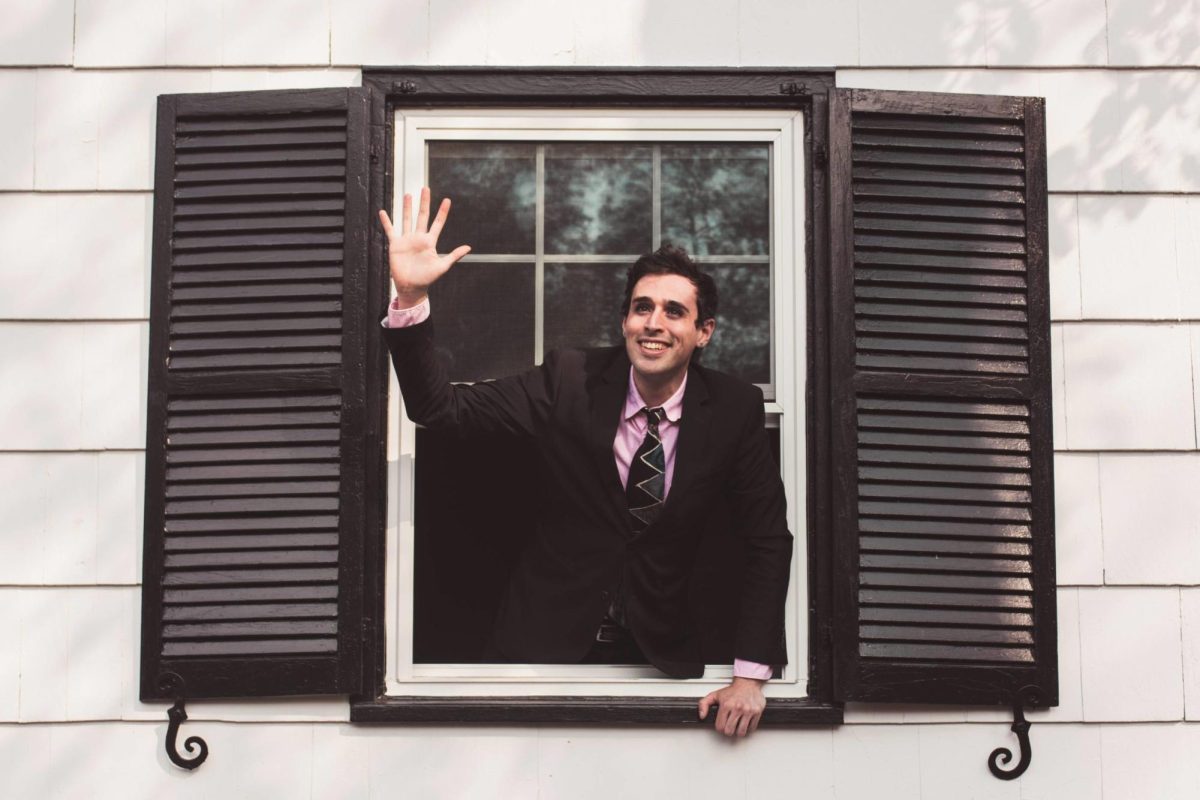
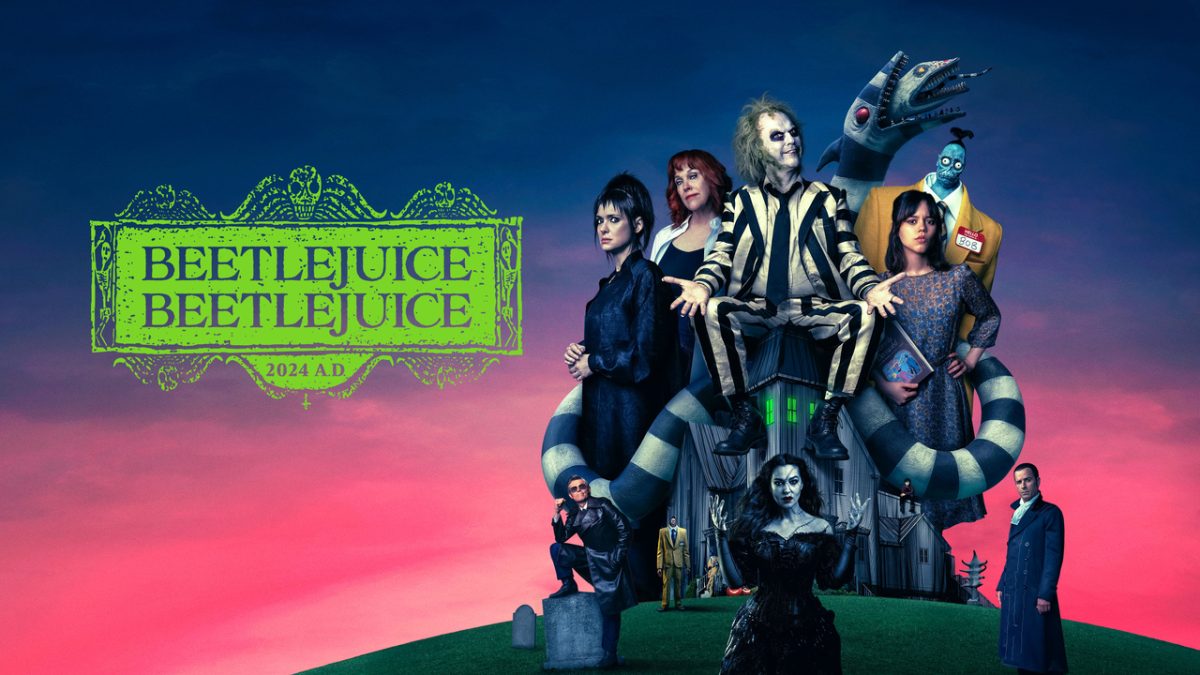





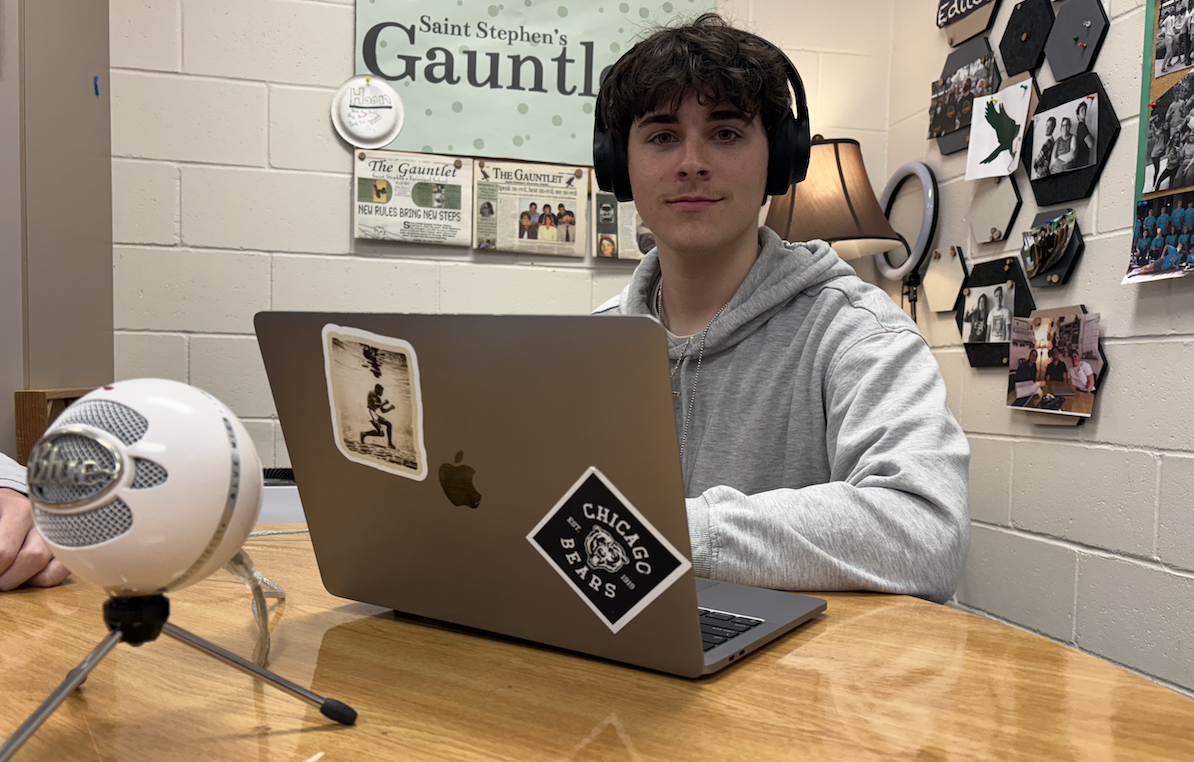

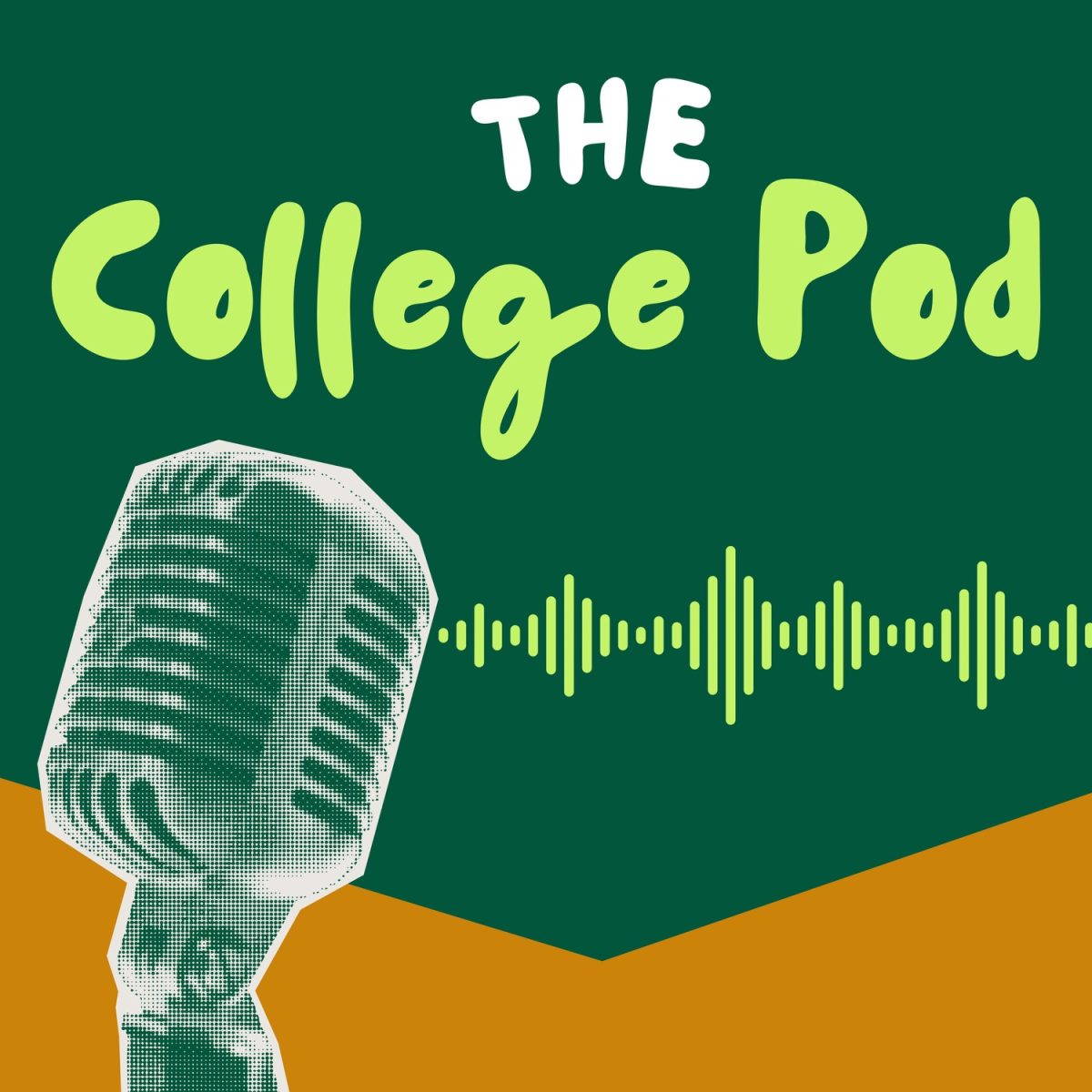
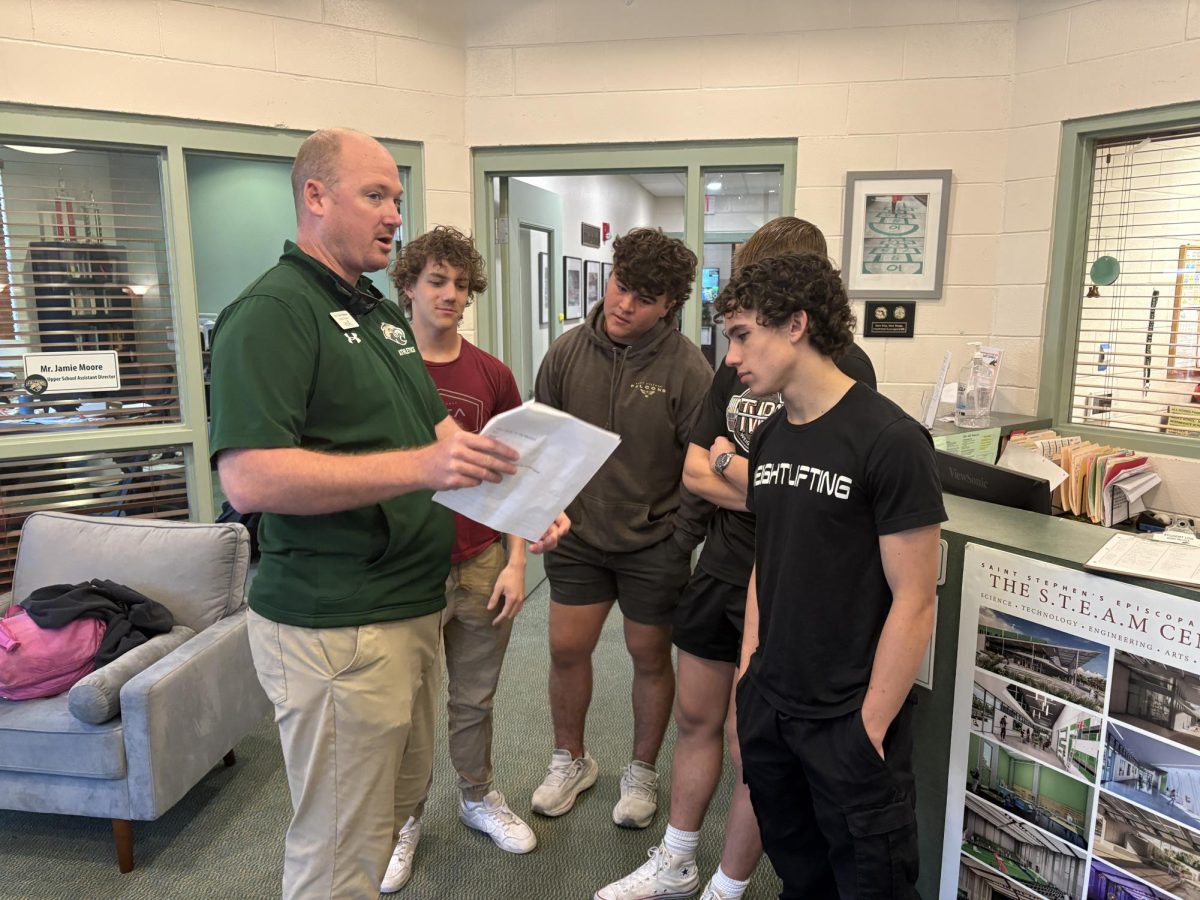

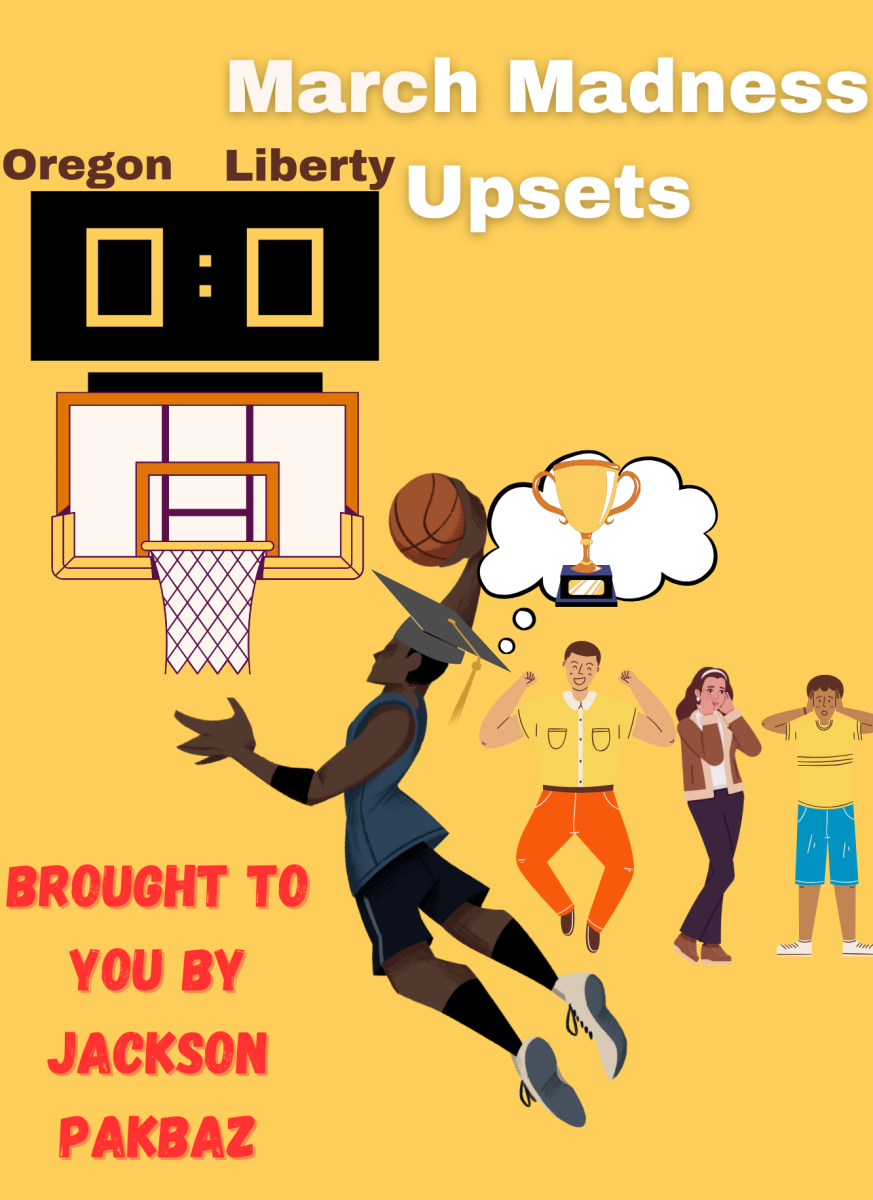

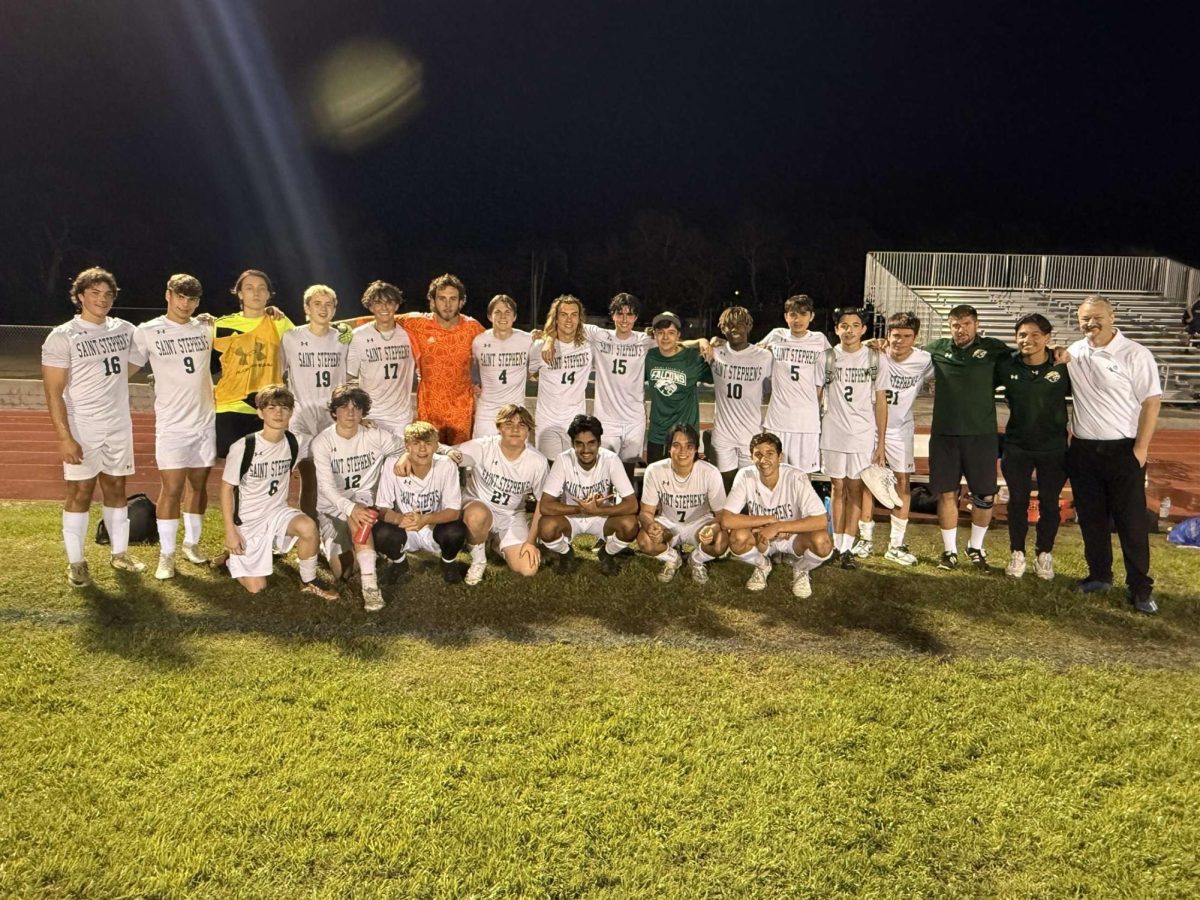
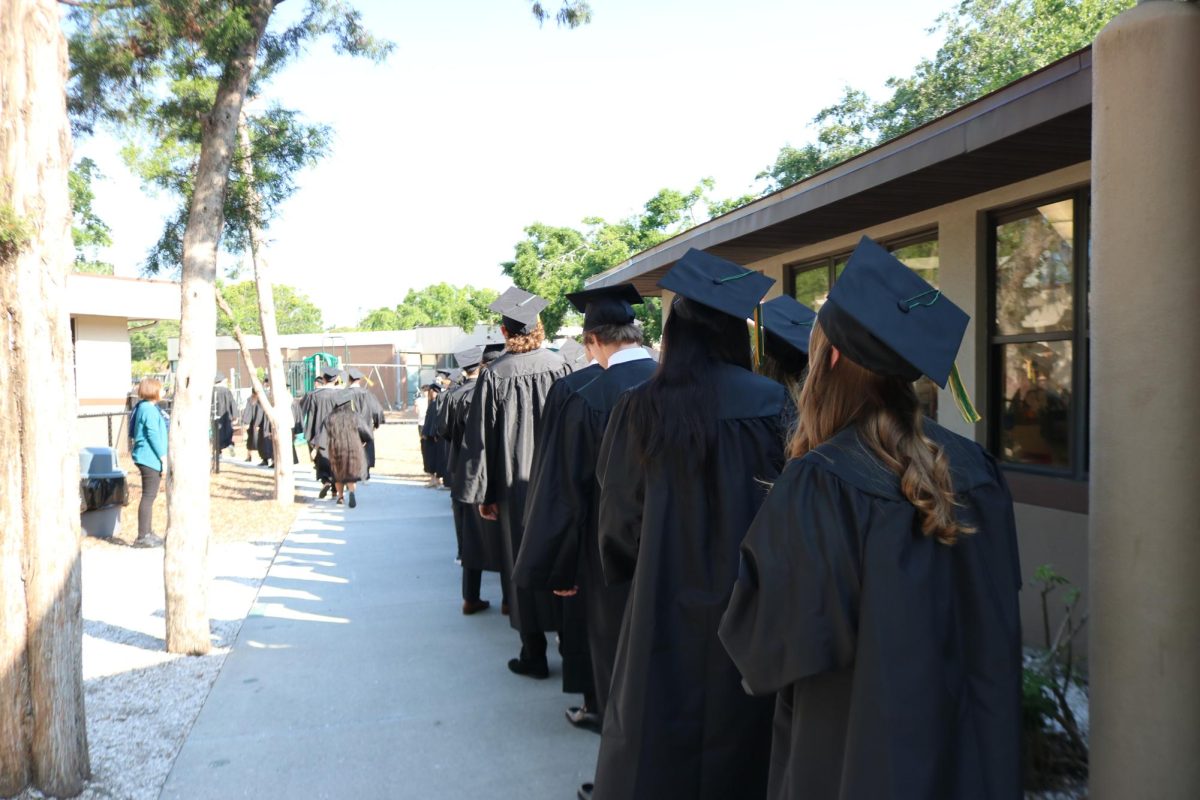
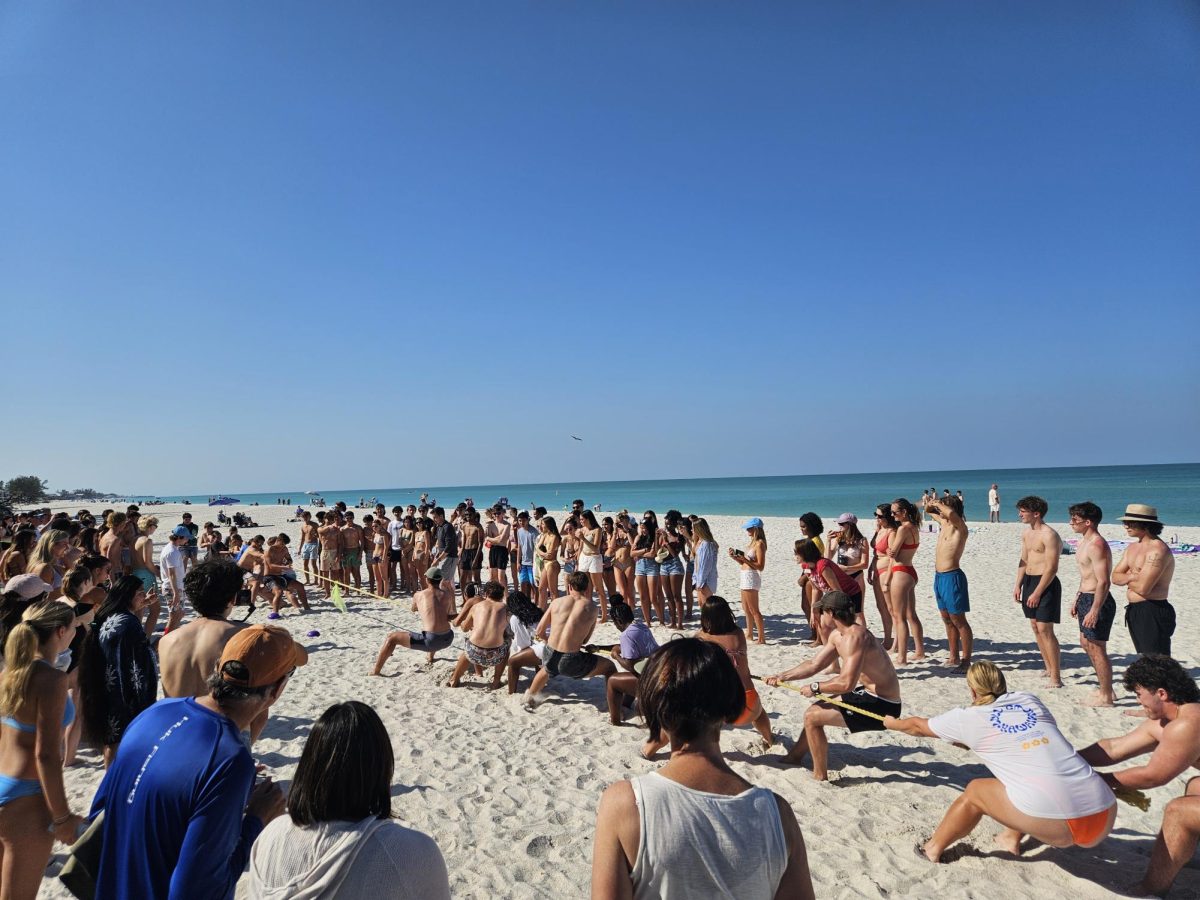









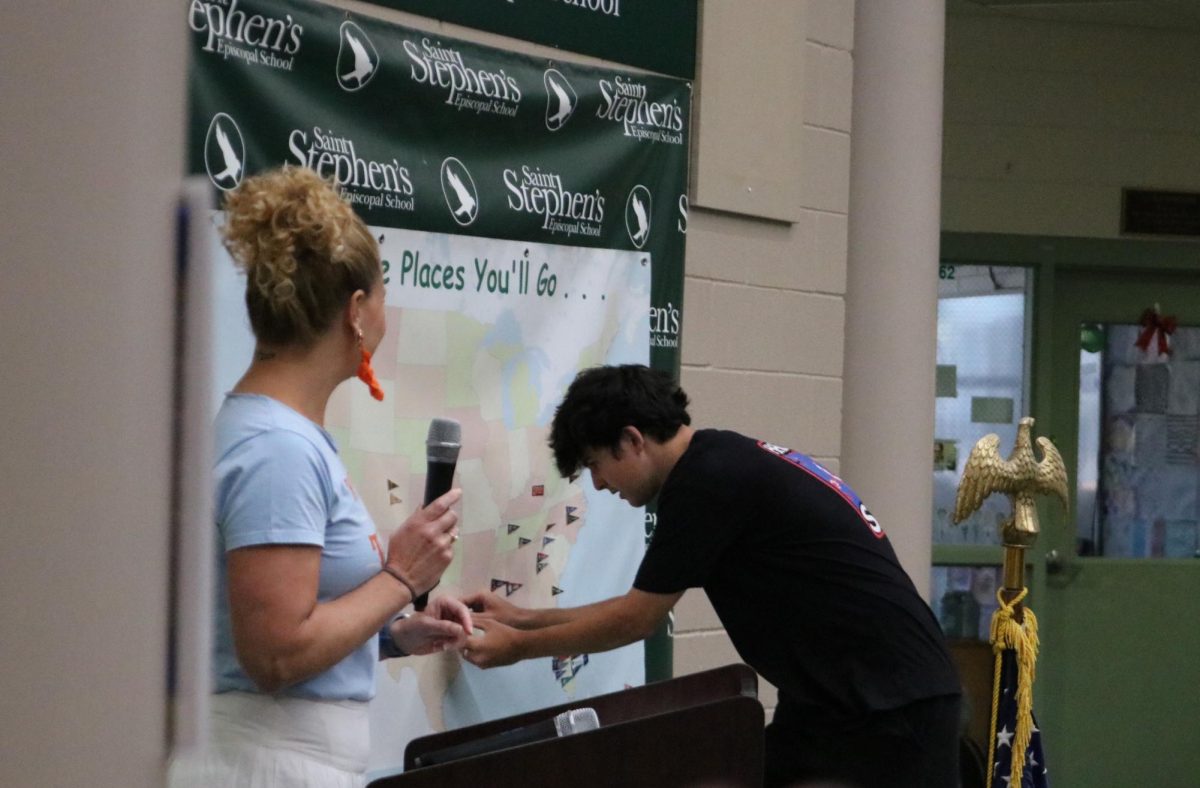




Jeannine Elisha • May 12, 2020 at 10:38 am
I appreciated the thoughtfulness and voice of the piece. I found it to be very persuasive.
Michael Mills • May 6, 2020 at 10:29 am
Great piece.